Changing out a fluorescent bulb
schoolhouse_gw
13 years ago
Related Stories
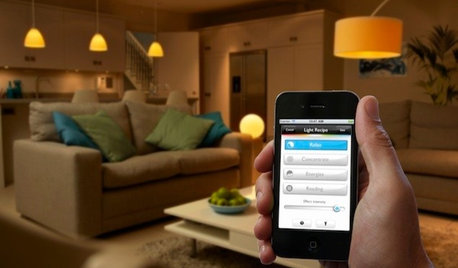
HOME TECHHere's a Bright Idea: Smart Bulbs for Better Lighting
Lightbulbs that can change brightness and color with a cell phone command show flashes of design brilliance
Full Story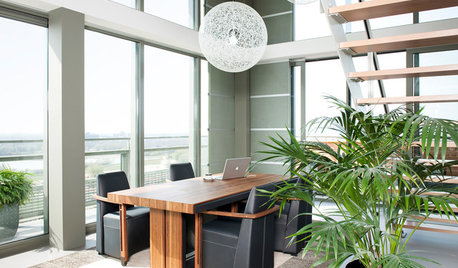
HOUSEPLANTSMeet a Palm That's Fine With Fluorescent Light
Get the look of the tropics without the full-on sun and high humidity — parlor palm tolerates regular indoor conditions with aplomb
Full Story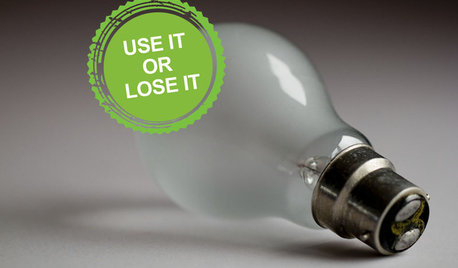
DECORATING GUIDESLose It: How to Get Rid of Old Light Bulbs
When the light goes out, you'll want to get rid of the bulb safely. Here's how
Full Story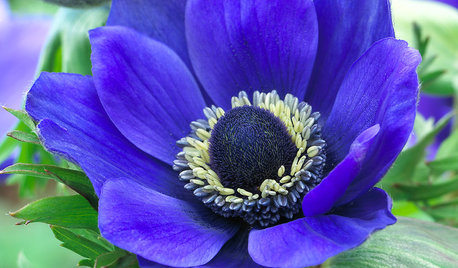
FALL GARDENING6 Splendid Blue-Flowering Bulbs
How do you blue? With colors from sky to cobalt, these bulbs will greet you merrily in a spring garden
Full Story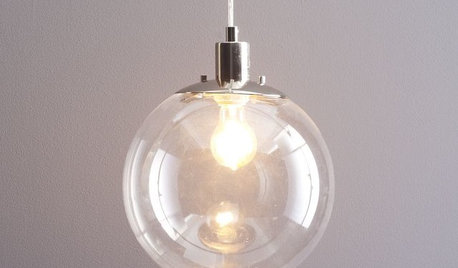
LIGHTINGGuest Picks: Exposed Bulb Lighting
Celebrate the filament bulb with 20 stylish lighting options
Full Story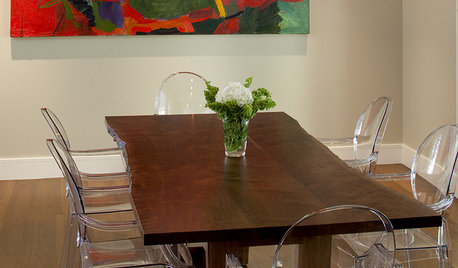
LIGHTINGAntique Chic: Edison Bulbs
Industrial-Style Filament Bulbs Reinvent Lighting (Again)
Full Story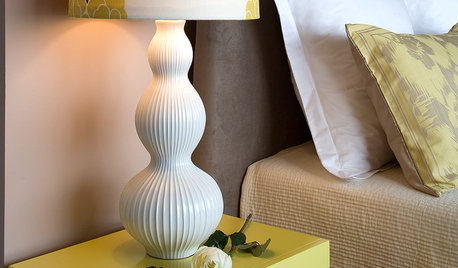
DECORATING GUIDESLampshades Shine for Quick Decor Change
Give in to the swap-out urge with an accessory that doesn't cost a fortune and has a high design impact
Full Story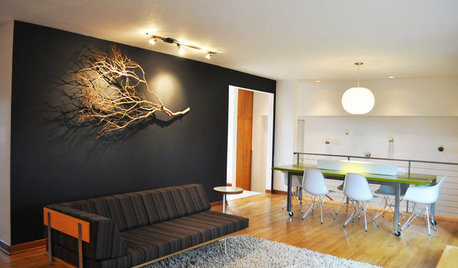
DECORATING GUIDESWeekend Project: 9 Ways to Branch Out Around the House
Natural pieces can change the feeling of a room, whether you use them to hang pots or to serve as chandeliers
Full Story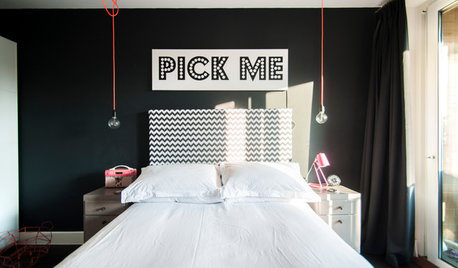
LIGHTINGChange Up Your Bedroom’s Look With Pendant Lamps
When table lamps seem snoozy or you want to save space, bedside pendant lights are a bright idea
Full Story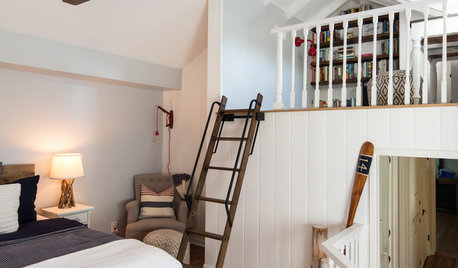
BEDROOMSRoom of the Day: Parents-to-Be Ready Their Bedroom for Change
A renovated bedroom and loft make room for middle-of-the-night feedings and quiet time
Full StoryMore Discussions








Billl
DavidR
Related Professionals
Davidson General Contractors · East Riverdale General Contractors · Langley Park General Contractors · Midlothian General Contractors · Monroe General Contractors · Natchitoches General Contractors · Attleboro Solar Energy Systems · Bell Gardens Solar Energy Systems · Fort Lee Solar Energy Systems · Richmond Solar Energy Systems · Tustin Solar Energy Systems · Bay Point Home Automation & Home Media · Fort Collins Home Automation & Home Media · Greatwood Home Automation & Home Media · St. Johns Home Automation & Home Mediasmithy123
schoolhouse_gwOriginal Author
mike_kaiser_gw
smithy123
schoolhouse_gwOriginal Author
weedmeister
smithy123
Billl
smithy123
mike_kaiser_gw
DavidR